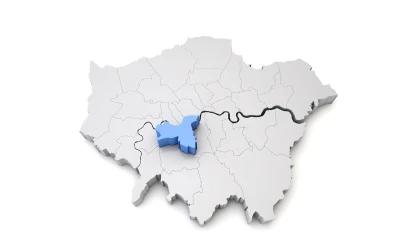Research and app development

Nationwide rollout

Additional app modules

We’re nearing the end of Phase 1 and sounding out additional support for the next phase. We currently have a fully tested app uploaded to the Google Play Store and a proof of concept database set up for Norwich and Great Yarmouth.
Throughout our project, but especially in these early stages, we want to hear as many people’s stories and opinions as possible. Where they are happy to participate, we would like to share those stories. We want to know and share:
One of the ways we can use these stories and experiences to improve the lives of the poorest people is by improving communication between them and the organisations that are trying to help them.
We can analyse the difference between what people are asking for and what they are being offered. And offer organisations opportunities to identify and resolve the discrepancy.
In our view, solutions that are offered without the involvement of those who will be receiving help lack legitimacy.
Operating on a shoestring budget and the goodwill of some early supporters, we have designed and developed an app that will list for users the location and duration of support services.
As proof of concept we have compiled a database of services for Norwich and Great Yarmouth and promoted the app amongst its intended end-users in those locations.
In order to increase the effectiveness and take-up of the app, we need to increase the geographical coverage of our database of support services. This is likely to be a resource intensive period of labour and we will be seeking additional funding from grants to achieve this now we can demonstrate a working app.
In line with the Kanndoo philosophy of listening first, we’ll start by talking to the people who staff these organisations about what they need.
And making them aware of how they can use our free software to identify and resolve gaps in provision in their local area.
We’d like to expand our app so that trusted charities and support organisations can directly update the database for the areas where they provide services. This will be essential for the smooth running of the operation as the database expands to list services in every district nationwide.
We envisage other modules or features may be added to the app as a result of our ongoing conversations with people who are requesting help and organisations offering support.
Another tool for engagement is to hold workshops and open days hosted by our staff and volunteers. The goal of these should be to:
And making them aware of how they can use our free software to identify and resolve gaps in provision in their local area.


